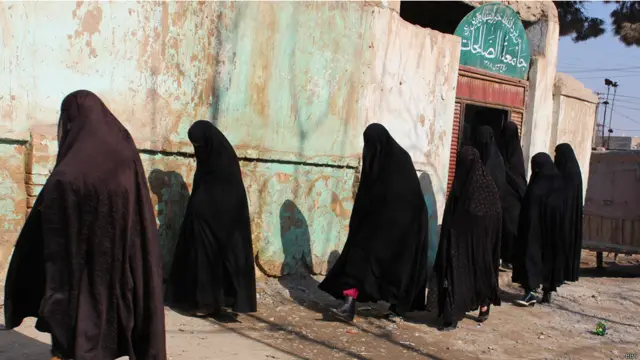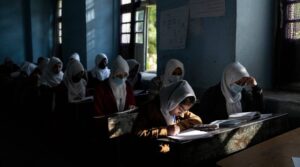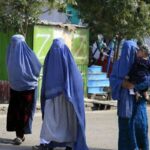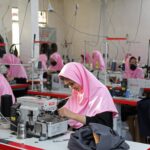The Associated Press has reported that three years after the ban on secondary and higher education for girls in Afghanistan, many teenage girls who have been denied access to formal education are now turning to religious schools.
In a published report, the news agency stated that after returning to power in 2021, the Taliban-led interim government became the only country in the world to officially ban girls from secondary and higher education—an unprecedented move.
The report adds that in the absence of any formal educational options, religious schools have become the only educational refuge for thousands of Afghan girls.
Nahida, a 13-year-old girl who works in a cemetery in Kabul every day after finishing primary school, speaks of her dream of becoming a doctor: “A dream that, in her view, now seems out of reach. She plans to enroll in a religious school in the upcoming academic year.”
Nahida tells the Associated Press with despair: “I would prefer to go to a regular school, but I can’t—so I go to a religious one.”
Zahedurrahman Sahabi, director of the Tasneem Nusrat Islamic Sciences Center in Kabul, told the AP: “Since schools are closed to girls, they see this as an opportunity to learn.”
This center has around 400 students, 90 percent of whom are women ranging in age from three to sixty. They study the Quran, Islamic jurisprudence (fiqh), Hadiths, and the Arabic language.
He added that even before the closure of formal schools, religious schools were popular, but now the number of applicants has risen dramatically.
Currently, there is no accurate data on how many girls have turned to religious schools. However, Karamatullah Akhundzada, Deputy Minister of Education, previously stated that over one million new students enrolled in religious schools just last year. He said the total number of students in these institutions has now exceeded three million.













